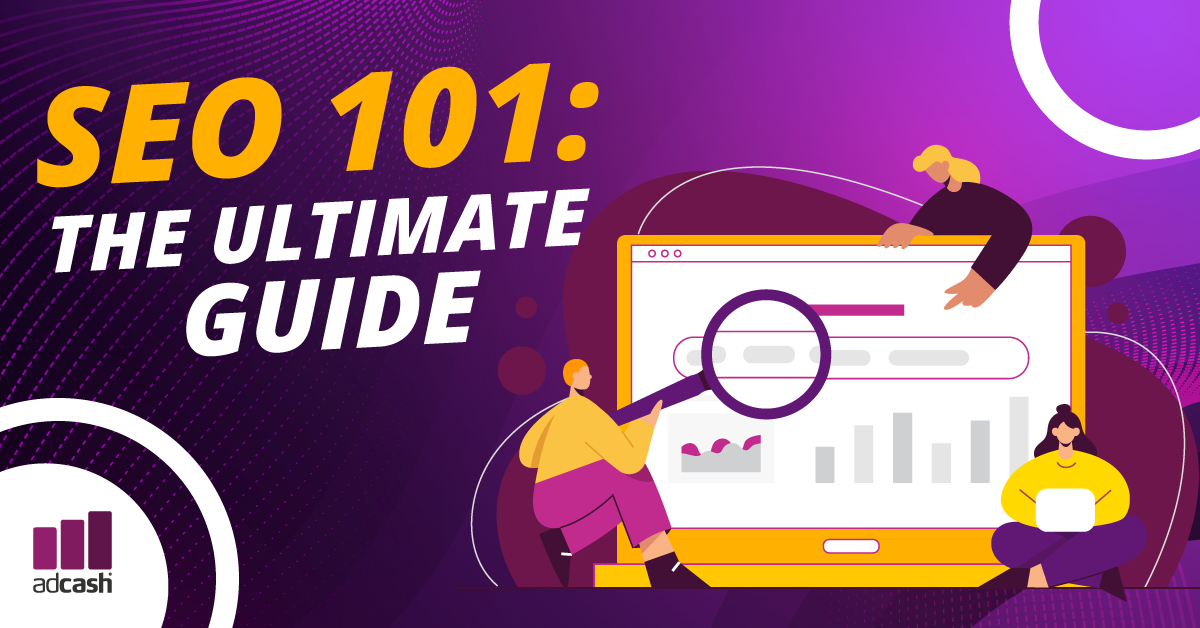Keyword Ranking? Difficulty? What’s the difference?
Keyword ranking and keyword difficulty are two important concepts in the field of search engine optimization (SEO). They are related but refer to different aspects of SEO research and strategy. Here’s an explanation of the difference between these two terms:
Keyword Ranking:
- Keyword ranking refers to the position at which a specific keyword or search term appears in the search engine results pages (SERPs) when a user conducts a search. It tells you where your website or webpage ranks for a particular keyword in relation to other websites.
- Keyword ranking is often expressed as a numerical value, such as “ranking #3 for keyword X” or “page 1 ranking for keyword Y.”
- The goal of SEO is to improve the keyword ranking of a website’s pages for relevant keywords, ideally aiming for the top positions, as higher rankings generally lead to more organic traffic.
Keyword Difficulty:
- Keyword difficulty, on the other hand, is a measure of how challenging it is to rank for a specific keyword in the search results. It assesses the level of competition that exists for a particular keyword.
- Keyword difficulty is typically scored on a scale or index, often ranging from 1 to 100 or similar. Higher scores indicate greater competition and difficulty, while lower scores suggest that it may be easier to rank for that keyword.
- Various factors contribute to keyword difficulty, including the number and authority of competing websites, the quality of their content, and the strength of their backlink profiles.
In summary, keyword ranking is the actual position of your website or webpage in search results for a specific keyword, while keyword difficulty is an assessment of how hard it is to achieve a high ranking for that keyword due to competition. SEO professionals use both these metrics to make informed decisions about which keywords to target, optimize their content, and develop effective SEO strategies to improve their website’s visibility and traffic.
Time to E-A-T!
One crucial concept that has gained prominence in recent years is E-A-T, which stands for Expertise, Authoritativeness, and Trustworthiness. Understanding and implementing E-A-T principles can significantly impact your website’s performance in search rankings. Let’s look at a quick breakdown of what E-A-T is and how you can leverage it to enhance your SEO strategy.
Expertise
Expertise is the first pillar of E-A-T. It emphasizes the importance of creating content that showcases your or your authors’ knowledge and proficiency in their respective fields. Here’s how to boost expertise on your website:
- Author Credentials: Clearly display the qualifications, experience, and expertise of the authors contributing to your content. This establishes their credibility and authority.
- Niche Relevance: Ensure that the content on your website aligns with your niche or industry. If you’re offering medical advice, for instance, it should come from medical professionals.
- In-Depth Content: Create comprehensive, well-researched, and insightful content that demonstrates a deep understanding of the topic. Avoid shallow or generic content.
Authoritativeness
Authoritativeness is all about building a solid reputation and credibility for your website and its content. Here’s how to enhance authoritativeness:
- High-Quality Backlinks: Earn backlinks from reputable and authoritative websites. These endorsements from others in your industry signal to search engines that your content is trustworthy and valuable.
- Consistent Publishing: Regularly produce and publish high-quality content in your niche. A consistent posting schedule can help establish your website’s authority over time.
- Transparency: Be transparent about your website’s purpose and goals. Make it clear who the authors are and how you verify the accuracy of your information.
Trustworthiness
Trustworthiness is the foundation of E-A-T. It’s about creating a sense of trust between your website and its visitors. Here’s how to build trust:
- Accurate Information: Always provide accurate and reliable information. Misleading or inaccurate content can harm your website’s reputation.
- Citing Sources: When necessary, cite credible sources to support your claims. This demonstrates that you’ve done your research and are committed to providing reliable information.
- Security Measures: Ensure that your website has strong security measures, especially if it deals with sensitive information. A secure website builds trust among users.
It’s important to remember that E-A-T is not a direct ranking factor used by search engines, yet it does play a significant role in determining how search engines assess and rank content. By prioritizing expertise, authoritativeness, and trustworthiness in your SEO strategy, you can create a website that not only ranks well but also builds trust with your audience. In an age where online credibility is paramount, E-A-T should be a central focus of your SEO efforts. So, remember to expertly craft your content, establish authority in your niche, and always deliver trustworthy information to your audience.
Your on-page SEO optimization strategy checklist
While creating high-quality content is an elusive art, you can follow a few simple rules to boost your SEO score.
These include:
1. Page titles
Your page title should be unique for every page of your site and needs to be different from its heading.
2. Headings
You should have one heading per page, each incorporating the </h1> HTML tag. Also, if you want to learn more about using HTML to boost your SEO score and increase traffic, check out this helpful article.
3. Use unique meta descriptions
Using unique meta descriptions for every page of your site will improve your SEO score.
4. Use unique keywords
Try to use unique and carefully selected keywords for every page of your site, ensuring not to overstuff them with popular words and phrases.
5. Incorporate keywords in headings, URLs, page titles, and meta descriptions
Search engine algorithms favor this approach as it helps them to find the most relevant sites for users. Thus, try to use keywords you think your target audience will commonly search for.
6. Optimize your images
This involves a number of techniques, including formatting your images correctly, making them a decent size, and naming them with concise and relevant descriptions. In addition, you should try to incorporate keyword-rich image names. For more information on optimizing your images for SEO purposes, look at this helpful guide.
7. Consider using emojis
It is easy to forget that web users can use emojis in search engine bars. However, if your target demographic is young and tech-literate, it may be worth incorporating emojis in your content to boost SEO efforts. For more help on emoji use, head to Search Engine Journal.
Your technical SEO checklist
SEO is about much more than producing high-quality content that is rich in keywords. Indeed, search engines bump websites up the rankings if they contain specific technical characteristics that improve user experiences. If you’re wondering how to increase traffic with technical SEO, you should take into account the following factors:
1. Site speed
If your website is slow to load, it will drop down the SERP rankings. To address this issue, try removing everything on your site that slows it down. This could include high-resolution images, for example, or large video files. You can test your site speed for free on sites such as Pingdom.
2. Install an SSL certificate
Secure Sockets Layer (SSL) technology creates encrypted links between web servers and browsers, improving security for web users. SSL sites can be easily spotted as their URLs start with ‘https://’ rather than the standard ‘http://’. Therefore, installing an SSL certificate is particularly important if you own an e-commerce site.
3. Look out for broken links and redirections
Your site will move down the SERP rankings if it includes broken links or redirections. In this way, it is important to check that your web links are working regularly. You can check whether your site contains redirections with this tool.
4. Mobile responsiveness
Ensuring that your website works on various devices, including mobiles and tablets, is an important aspect of Search Engine Optimization. Especially because people are increasingly using these devices in favor of PCs and laptops.
5. Avoid duplicate content
Search engines penalize websites that duplicate content either from elsewhere on the site or from other websites. In other words, avoid this at all costs.
6. Create a sitemap
Sitemaps help web users find their way around your websites and are loved by search engine algorithms. That’s because they help users find their way around websites quickly and easily. Find out more about creating a sitemap here.
7. Make the most of robot.txt files
Robot.txt files are smart text files that tell web robots, such as search engines, which of your web pages they should be crawling. Undoubtedly, this is great for SEO purposes. Find out more here.
To wrap it all up…
In conclusion, understanding the basics of SEO is essential for anyone looking to improve their online presence and increase visibility in search engine results. But remember, SEO is constantly evolving, so staying updated with the latest trends and algorithm changes is essential for maintaining your SEO success. By implementing these basic principles and remaining dedicated to continuous improvement, you’ll achieve better visibility and attract more organic traffic to your website.
With all this under your belt, fancy kicking your affiliate marketing game up another gear? 😏 We thought so. Click down below to learn how you can level up with Adcash.




Join the conversation
0 comments
Submit a comment
Your email address will not be published. Required fields are marked *